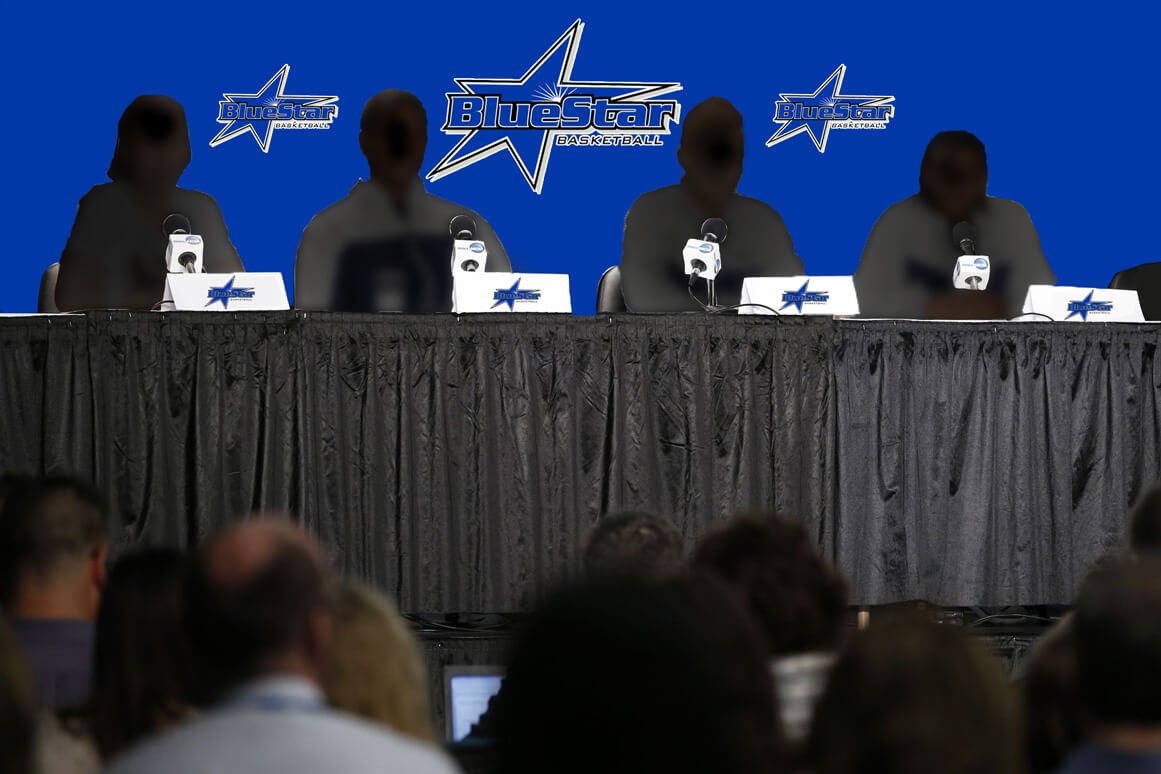The usual questions abounded after UConn’s 66-55 win over South Carolina Monday night, the 100th consecutive win for the Huskies:
- Will anybody beat them this season?
- What will it take to beat them, at any time?
- How long will this streak go on?
There’s another question to be included on this wish list that seemingly has no answers, and it is this:
- Will we ever see such dominance in women’s college basketball again?
This question might as well be a rhetorical one as well, although I think what we’re witnessing now is unlikely to be matched, much less surpassed. The reason that comes to my mind might be different than some others that are more obvious.
Geno Auriemma and Chris Dailey have established a record of excellence that reflects everything anyone who loves basketball can identify with. In addition to UConn’s astonishing 11 NCAA titles, record winning streaks, a bevy of All-Americans, great crowds and national media exposure, the Huskies embody the pure beauty of the game.
It’s the way they play the game that stands out as much as the wins and titles and accolades and attention that comes their way. What UConn has demonstrated to those both inside and outside the sport is an ideal for how well women play the game.
For those immersed in the women’s game, the UConn story is at once inspiring and daunting. In raising the bar for what female players and teams can achieve, the Huskies also have created a seemingly impossible standard.
They’re living in a dream world. Fantasy land, even.
Clearly there are coaches and others in the women’s game who are beleaguered by the prospects of seriously challenging UConn. Since UConn has been on this ridiculous title run—10 NCAA crowns since 2000—recruiting parity has given quite a number of schools the ability to compete at the highest levels.
In what was supposed to have been a rebuilding season, UConn is 25-0 and has seven wins against the nation’s elite: Florida State, Baylor, Texas, Notre Dame, Maryland, Ohio State and South Carolina.
All of these programs have created lasting success and strong, positive cultures for that success. Some have won NCAA titles and reached the Final Four.
There’s a lot to be excited about, because someday, as Geno has repeatedly said, UConn will lose, and other schools will become the standard bearer.
But the reason I think we won’t see another UConn isn’t necessarily because of the spread of talent, or the rise of a younger generation of star coaches.
It’s because women’s programs are operating in a very different era than when Auriemma came to UConn in the mid-1980s.
Simply put, he had time to build something a lot more methodically, a lot more gradually than what we see today. Right after Auriemma arrived at UConn, Tara VanDerveer left the safe confines of Ohio State, then as now a Big Ten powerhouse, for Stanford.
Her first few teams weren’t all that great, but by her fourth season the Cardinal were national champions, led by point guard Jennifer Azzi. A year later, in 1991, Kerry Bascom took underdog UConn to its first Final Four. The following fall, Rebecca Lobo arrived in Storrs, and you know the rest of the story.
VanDerveer, who won the last of her NCAA titles in 1992, just joined Pat Summitt and Mike Krzyzewski in the 1,000-win club. Auriemma is 20 wins away from that mark, and he’s done all this at a place that was barely on the map when he arrived.
While Geno and Tara enjoyed success rather early, at schools that hadn’t been very good prior to their arrivals, it’s what they accomplished over time that has been noteworthy. The same for the late Pat Summitt, who won her first national championship in 1987 in her seventh trip to the Final Four.
There just aren’t that many similar scenarios developing in the women’s game these days. At an ambitious school that looks to the examples of UConn and Tennessee, etc., coaches are under the gun to assemble killer recruiting classes and win quickly or else. The money and the expectations have made it harder to develop a distinctive culture that took years to evolve at UConn, Tennessee, Stanford, etc.. At places that helped give women’s college hoops its contemporary identity, the pressures have been even more absurd.
Gail Goestenkors lasted just five seasons succeeding Jody Conradt at Texas. Karen Aston, a former Conradt assistant now in her fifth season in Austin, may finally have turned a corner with Monday’s terrific double OT win over Florida State.
For the second year in a row, Holly Warlick is coming under fire for inconsistent results at Tennessee, and rival coaches are coming to her defense as she has struggled to continue Pat Summitt’s legacy. The Lady Vols have the top incoming class for next season, but it’s been nearly a decade since they went to the Final Four.
Yet there other examples that are more encouraging. What Scott Rueck continues to do at Oregon State, even after some big losses from a Final Four program, is amazing. Likewise, his Final Four and Pac 12 compatriot, Mike Neighbors at Washington, is building for the long haul, after Kelsey Plum and Chantel Osahor graduate in the spring.
Mississippi State is ranked No. 3 in the nation and drawing fantastic crowds in a place where once only hundreds once bothered to show up. That it took Vic Schaefer so long to get a chance to become a college head coach is still mind-boggling. Dawn Staley’s work in creating a national attendance leader at South Carolina is real and lasting.
Perhaps it helps to be at a school that didn’t have much tradition to build on, just like UConn before Geno.
It’s been a decade since Maryland’s NCAA title, but what Brenda Frese has created with the Terps is better than ever. After losing to UConn by only six earlier this season, I’d love to see a rematch in the post-season.
There are other glimmers of more than hope. Coaches and supporters of the women’s game who take the long view—and this is the right thing to do—offer the useful reminder that this is a very young sport.
It’s in a similar place where the men’s game was during UCLA’s dominance, prior to the passage of Title IX and right before sports media became an all-consuming monster needing to be fed instant gratification and easy reference points.
Not long after Lew Alcindor and Bill Walton went to the NBA, freshmen became eligible in men’s college basketball. John Wooden retired, and growing competitiive balance led to what has become March Madness.
The women’s game may never enjoy that kind of parity, and it may always be consigned to niche status. But those who like to diminish UConn’s success, or think there’s nothing more to see here this season, are missing the point.
When the Huskies come up with a Gabby Williams to confound those who wonder when this dominance will ever subside, it surely seems exasperating to their closest pursuers.
She’s a product of a unique, insanely successful culture that continues to be a model for what others want to establish.
I noticed a number of other women’s college coaches remarking about that on social media in the moments after UConn’s historic win on Monday (and which drew a really good national TV audience).
While some want “parity” above all else, there are those who revere the benchmark that endures and inspires in Storrs. That can’t help but be a very good thing.
Wendy Parker is a sportswriter and web editor who has covered women's basketball since the early 1990s. She is a correspondent for Basketball Times and formerly covered women's and college sports, soccer and the Olympics at The Atlanta Journal-Constitution. She is the author of "Beyond Title IX: The Cultural Laments of Women's Sports," available on Amazon, and the creator of Sports Biblio, a blog about sports books and history.




